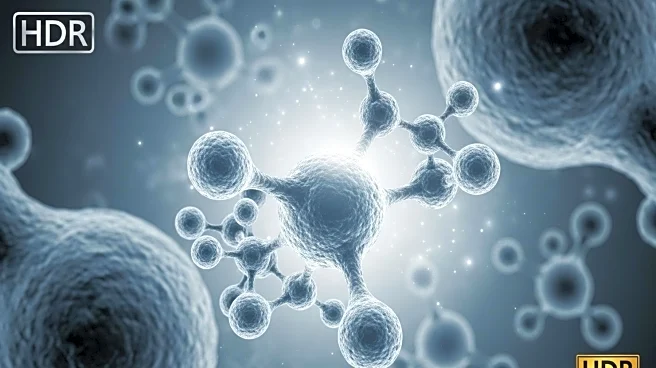What is the story about?
What's Happening?
Researchers from the Max Planck Institute for Medical Research in Heidelberg, Germany, have introduced SNAP-tag2, a new tool for live-cell imaging. This advanced version of SNAP-tag offers improved cell permeability, faster labeling kinetics, and increased brightness. The development involved creating substrate scaffolds with better reactivity and compatibility for live-cell imaging. Computational modeling, directed evolution, and deep mutational scanning were employed to enhance the reactivity and stability of SNAP-tag, resulting in SNAP-tag2, which features 11 substitutions and a modified amino acid segment.
Why It's Important?
The introduction of SNAP-tag2 represents a significant advancement in the field of fluorescence imaging, which is crucial for biological research and medical diagnostics. By allowing labeling at lower concentrations and shorter timescales, SNAP-tag2 enhances the efficiency and effectiveness of live-cell imaging. This development could lead to more precise and detailed observations of cellular processes, potentially accelerating research in areas such as drug development, disease understanding, and molecular biology.
AI Generated Content
Do you find this article useful?















